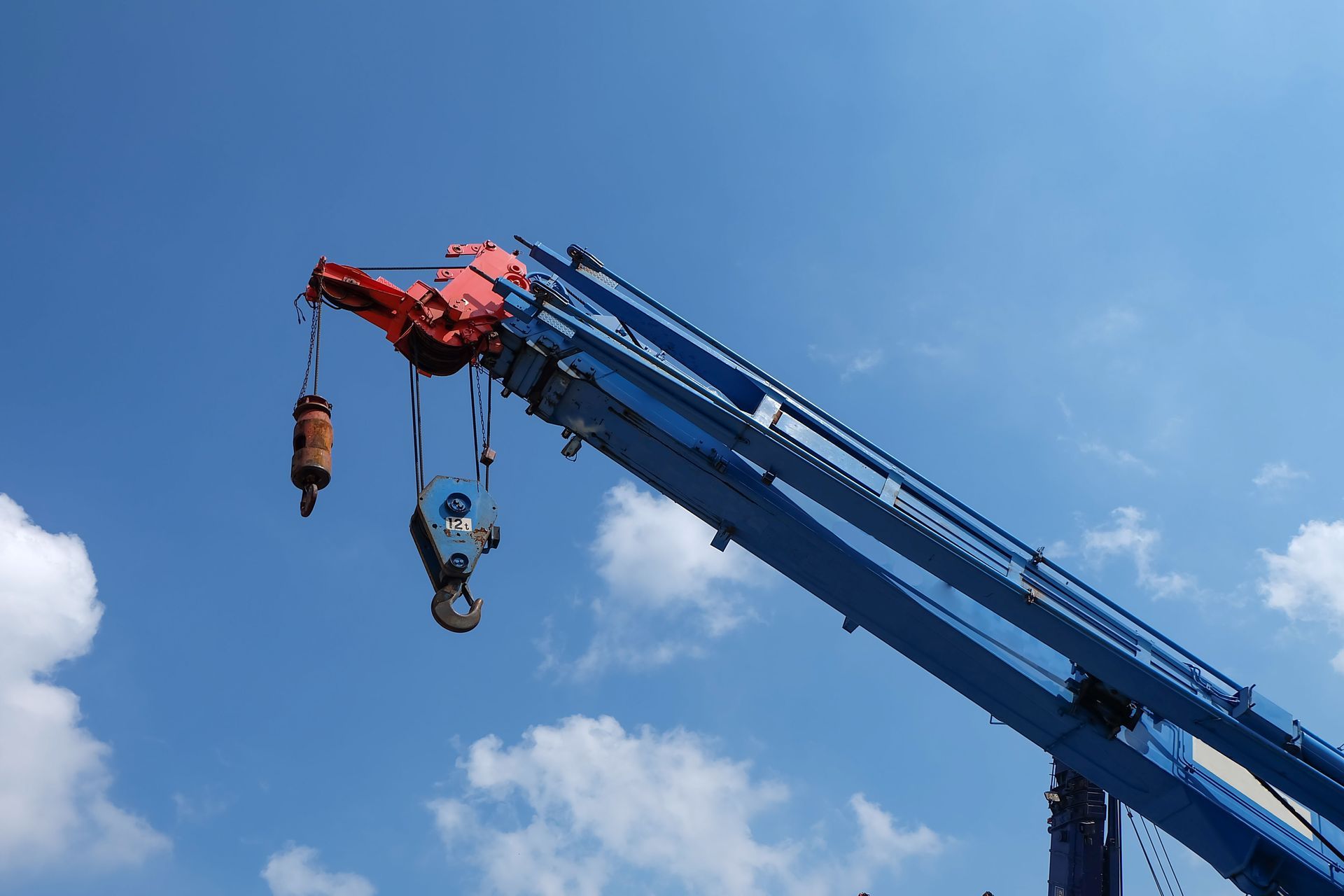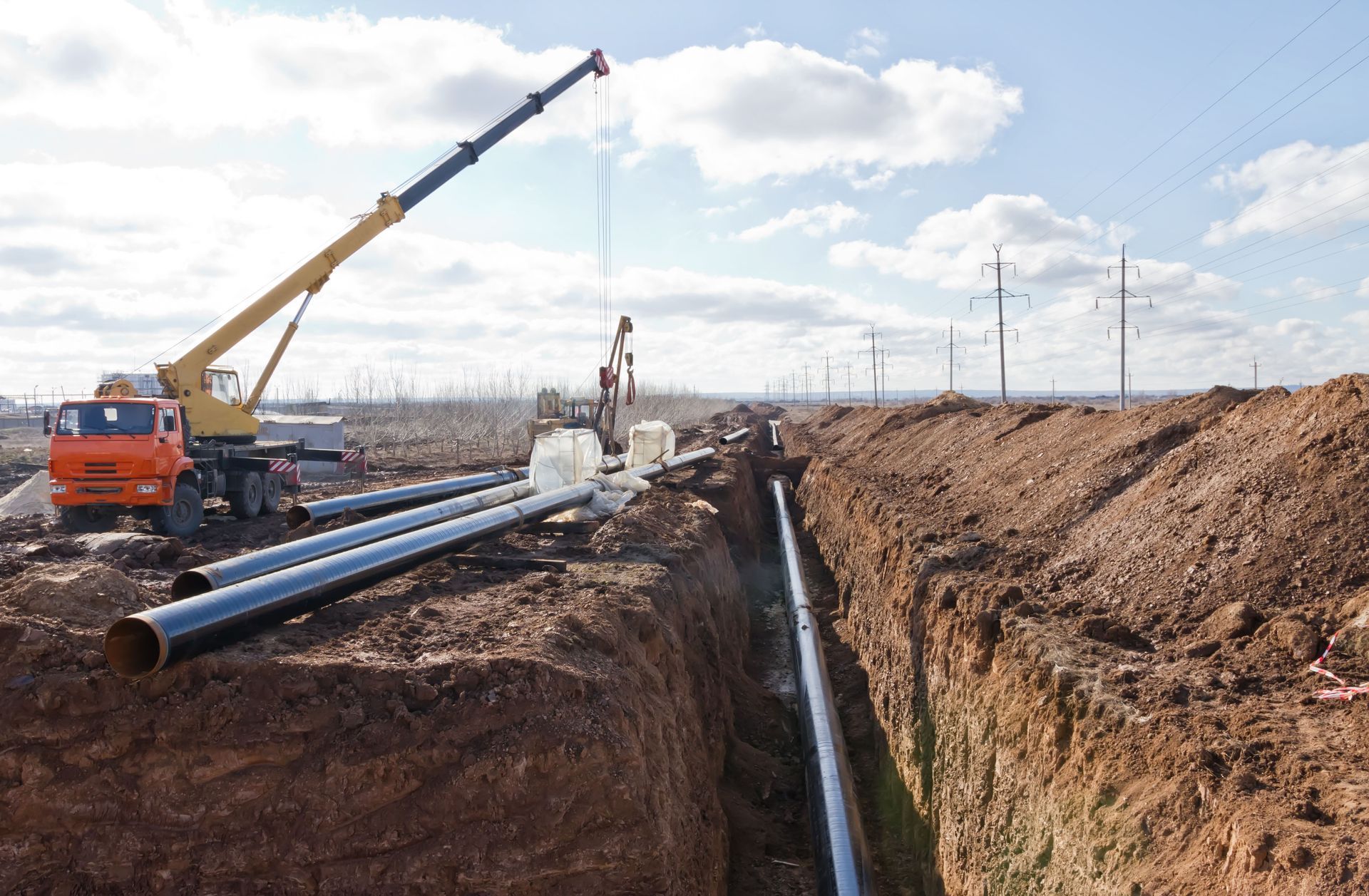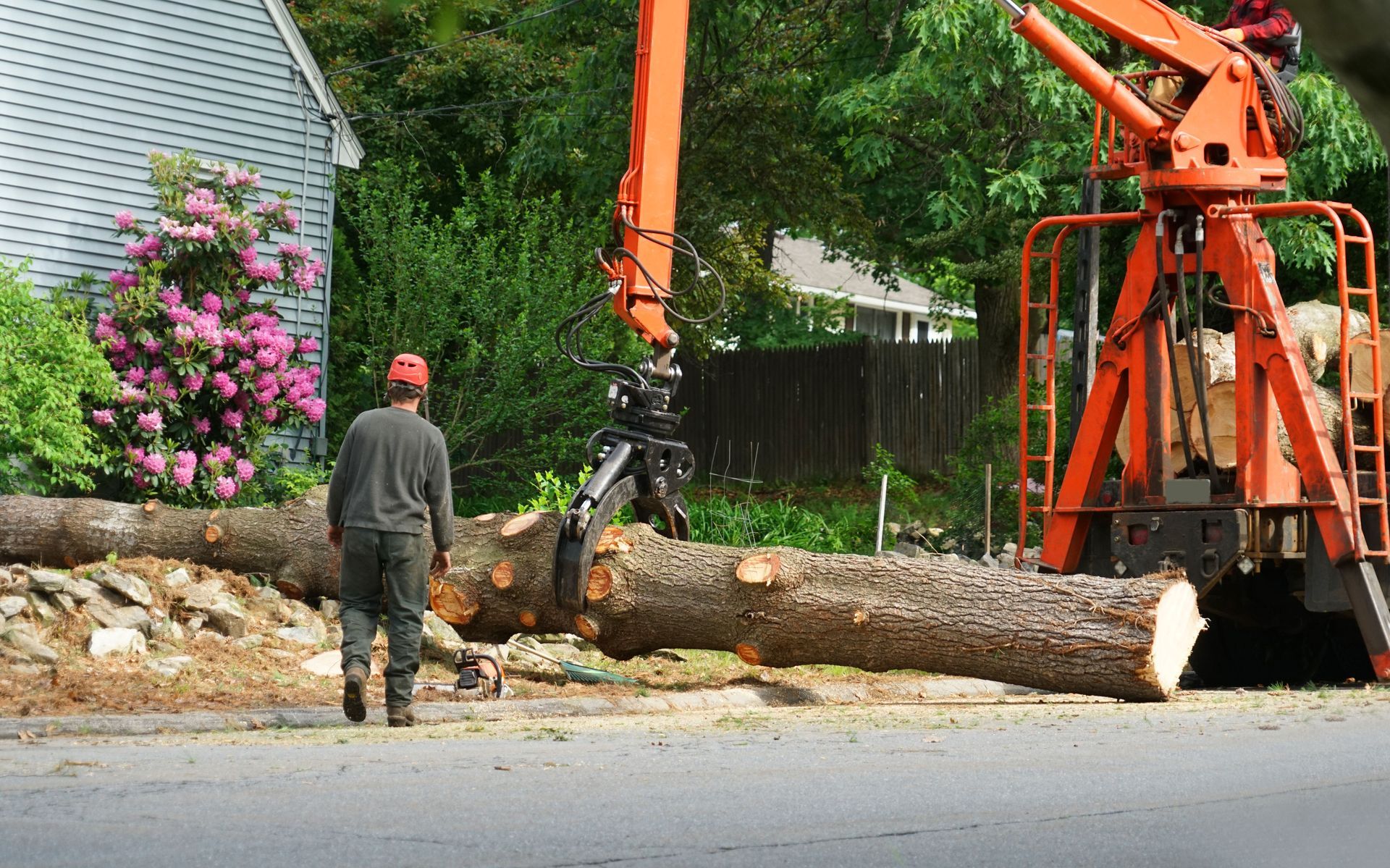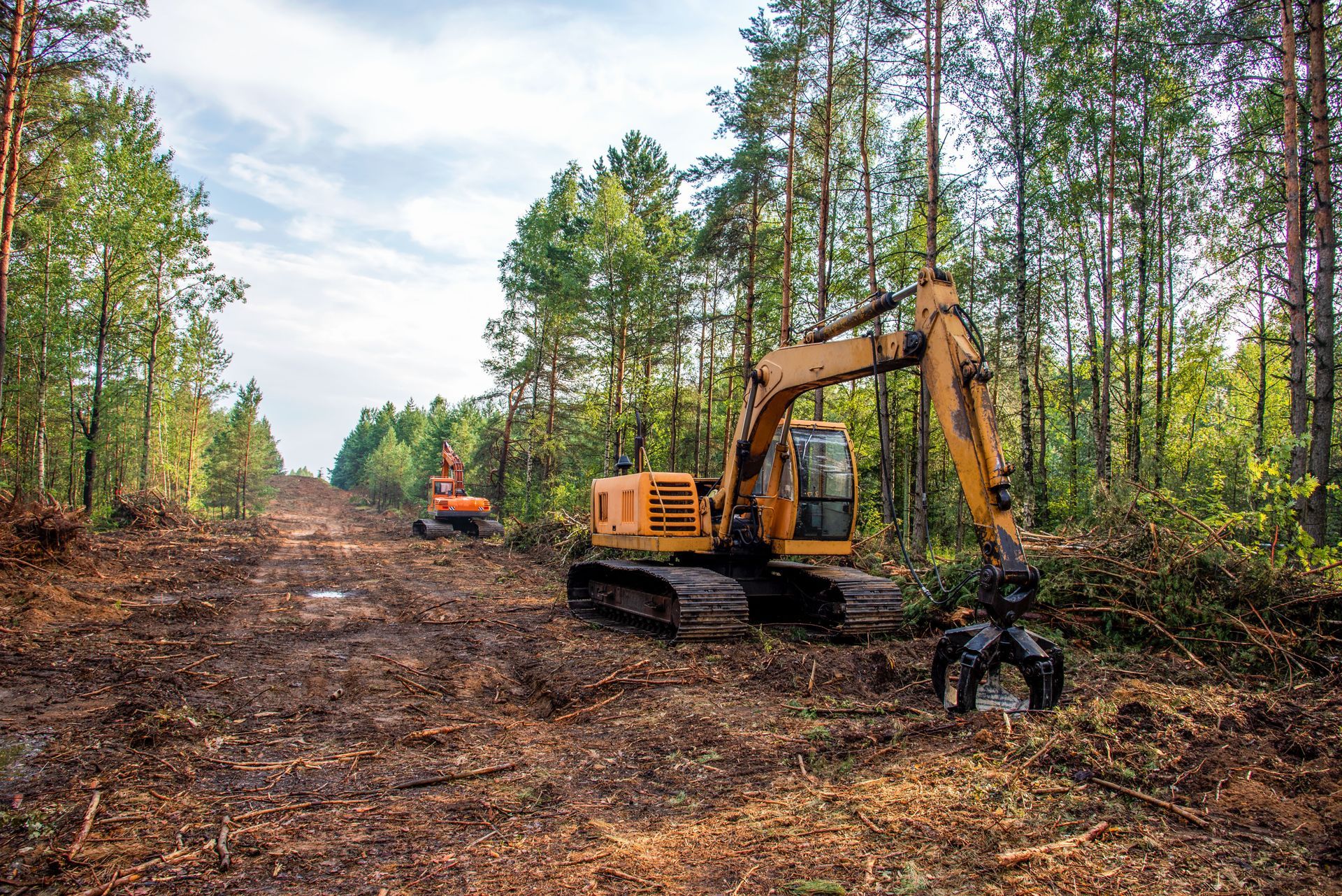3 Qualities of a Reliable Crane Company
n the world of industrial operations and construction, cranes are indispensable for lifting and moving heavy loads with precision and safety. As industries expand and infrastructure projects multiply, the demand for reliable crane services has surged. Choosing the right crane company can be the difference between smooth operations and potential setbacks. But what exactly should you look for when selecting a crane service provider? Here we discuss some essential qualities that characterize a dependable crane company.
1. Rigorous Safety Standards
A reliable crane company prioritizes safety above all else. This means not just maintaining their cranes, but also employing rigorous safety standards and training for their operators. Safety is a critical concern given that, according to Global Market Insights, the crane rental market was valued at $14.9 billion in 2023. This points to an expansive use of cranes, where reliable and safe operations can mitigate the risks associated with large-scale projects.
2. Versatility Matters
Another key quality is the breadth of their equipment inventory. A top-notch crane company will offer a diverse range of cranes to suit various types of projects, from small mobile cranes for residential tasks to larger tower cranes for towering skyscrapers. The availability of different crane types not only demonstrates the company's capability but also its commitment to meet unique project needs. An extensive inventory also signifies prompt availability and flexibility, ensuring that projects are not delayed due to equipment shortages.
3. Experience and Expertise
Experience and expertise form the cornerstone of a trustworthy crane service provider. Companies with a long-standing presence in the industry often have a portfolio showcasing successful collaborations across numerous projects. This experience is crucial as it reflects their ability to handle complexities and unforeseen challenges that often arise during any operation. Moreover, expertise ensures that the company can provide insightful guidance and support, optimizing the lifting solutions tailored for particular requirements.
Choosing a reliable crane company requires careful evaluation of several factors. Prioritizing safety, offering a broad selection of cranes, and possessing significant industry experience and expertise are paramount. These qualities not only ensure successful project execution but also reinforce trust in their services. As the crane rental market continues to grow, selecting a company with these attributes is essential for any organization's operational success. For more information about the services that we offer, reach out to our incredible team at Russ Erlinger Crane Service today!





Share On: